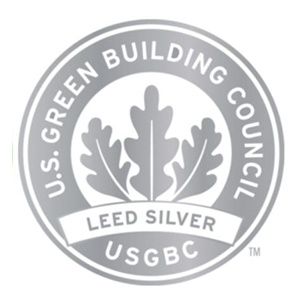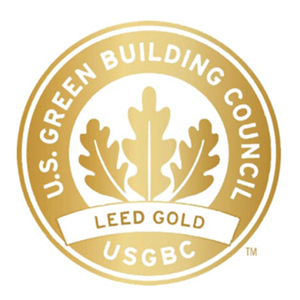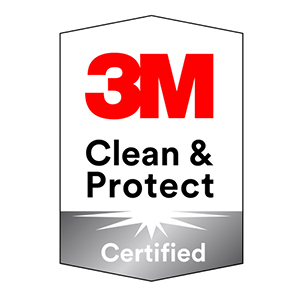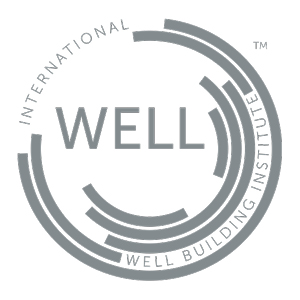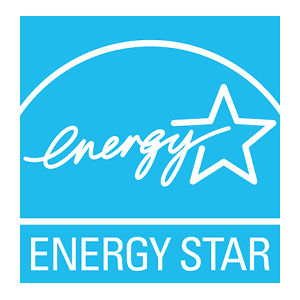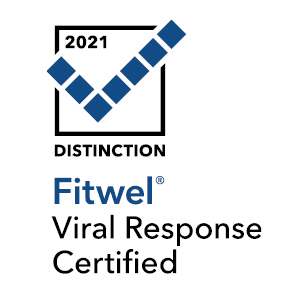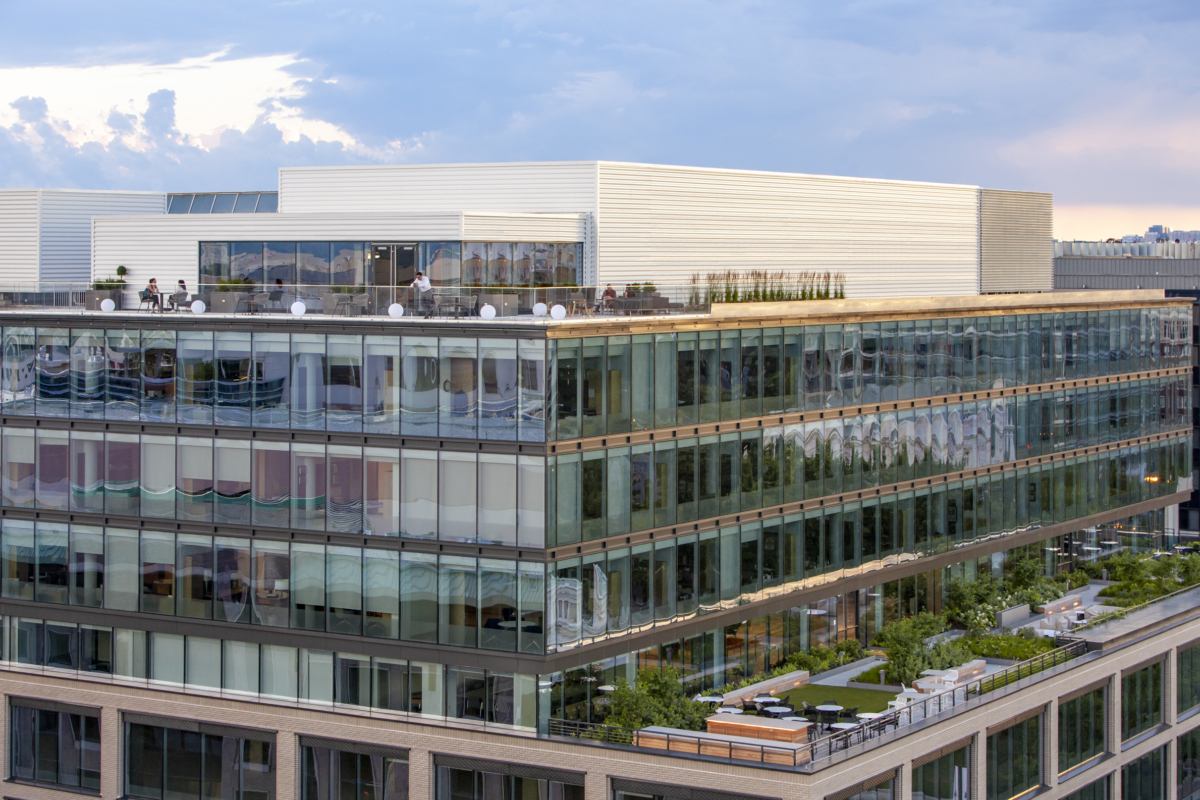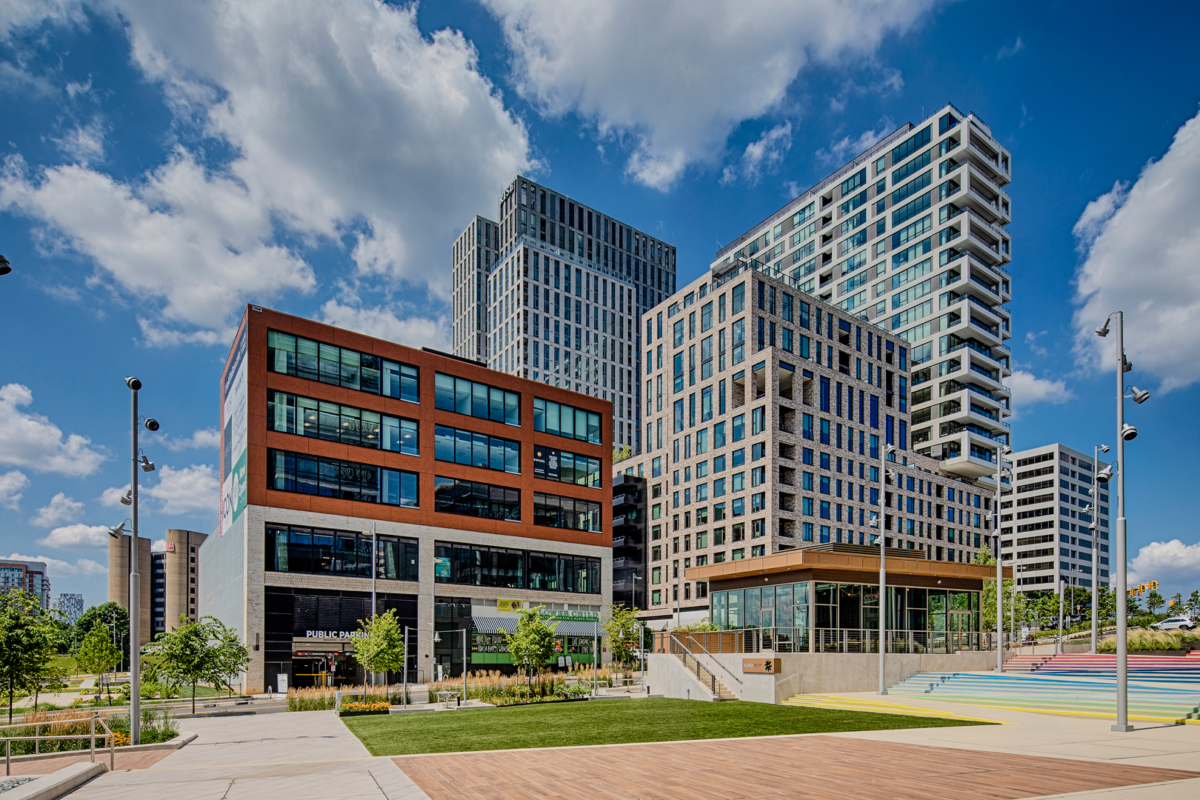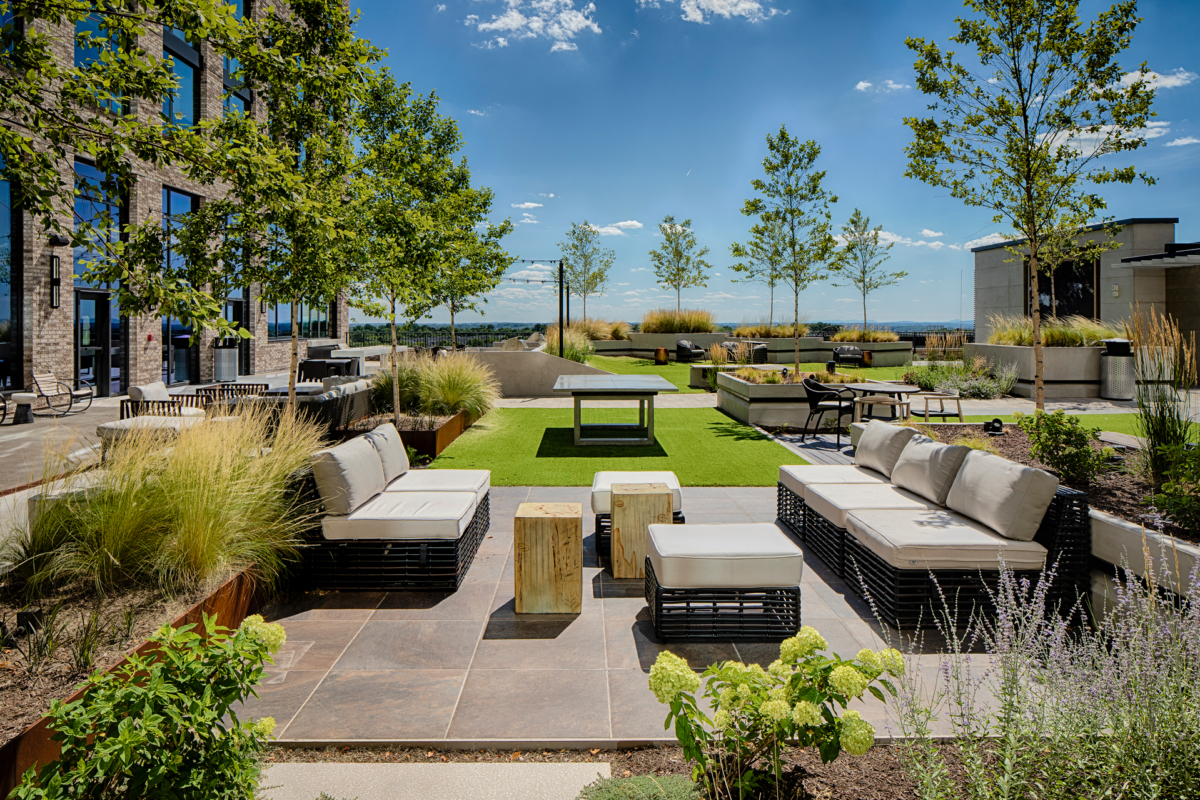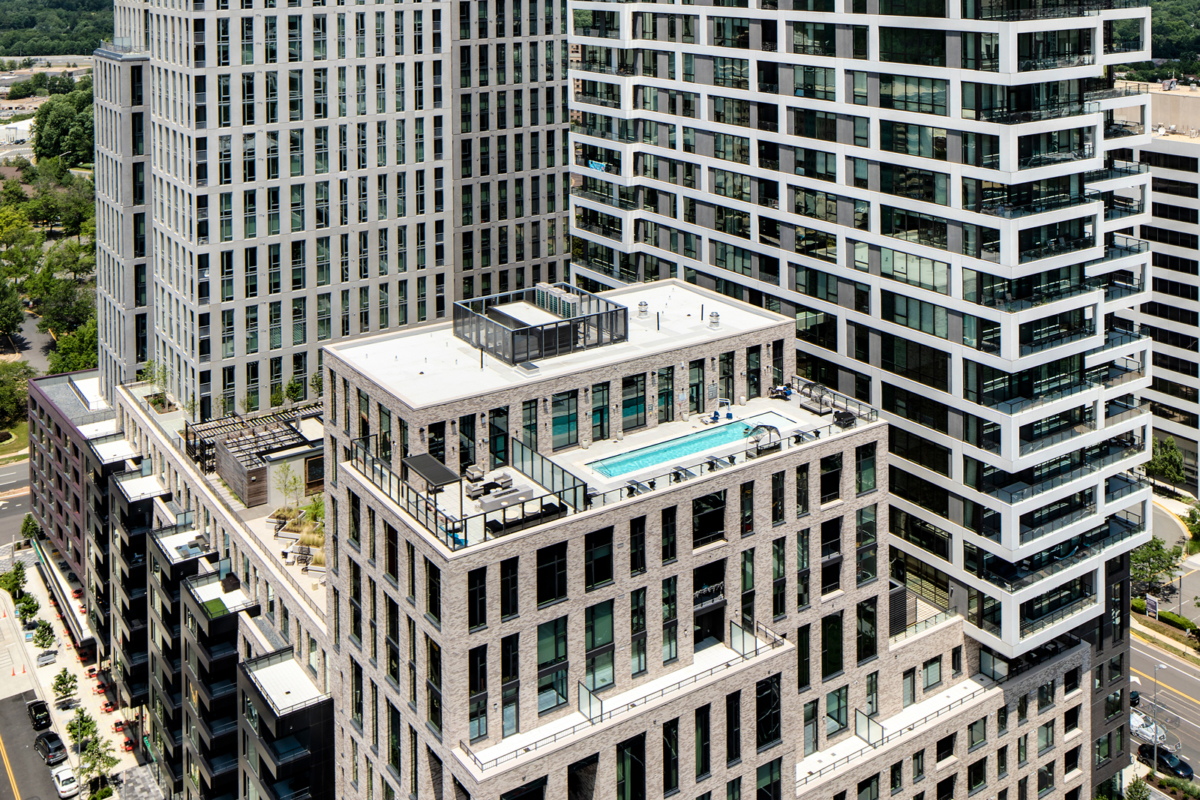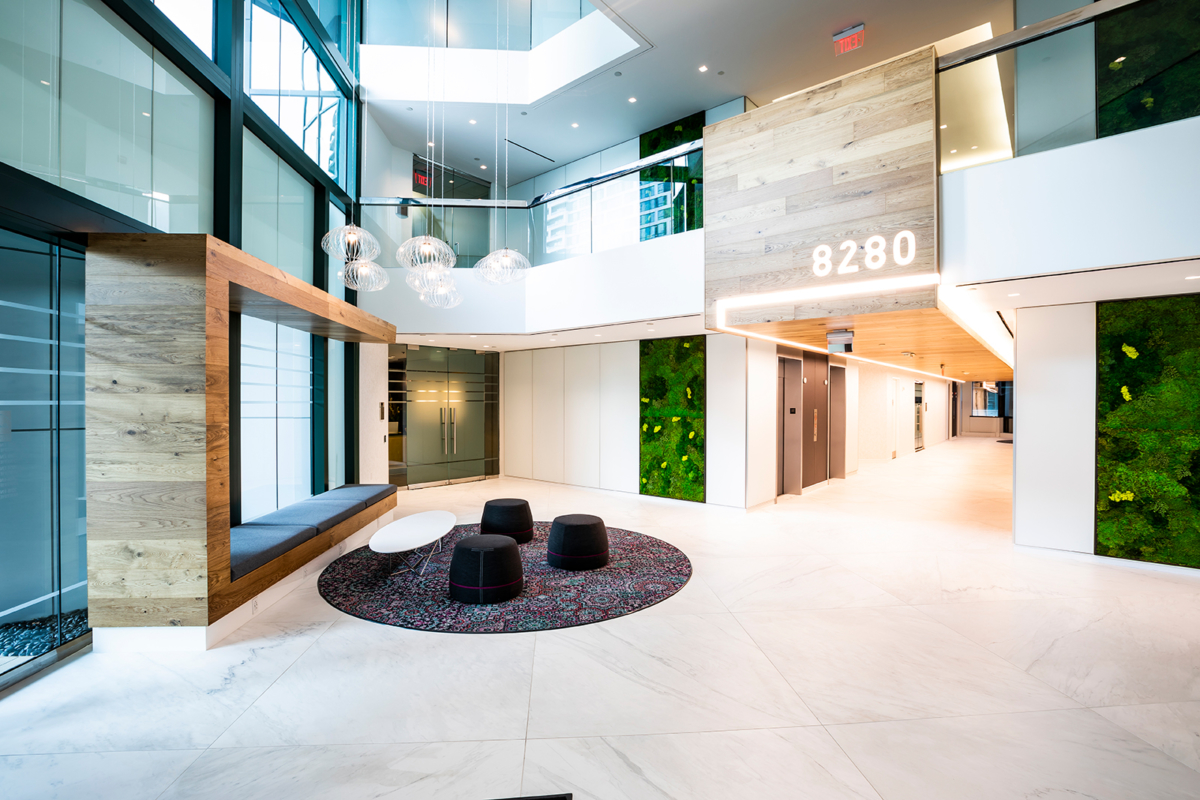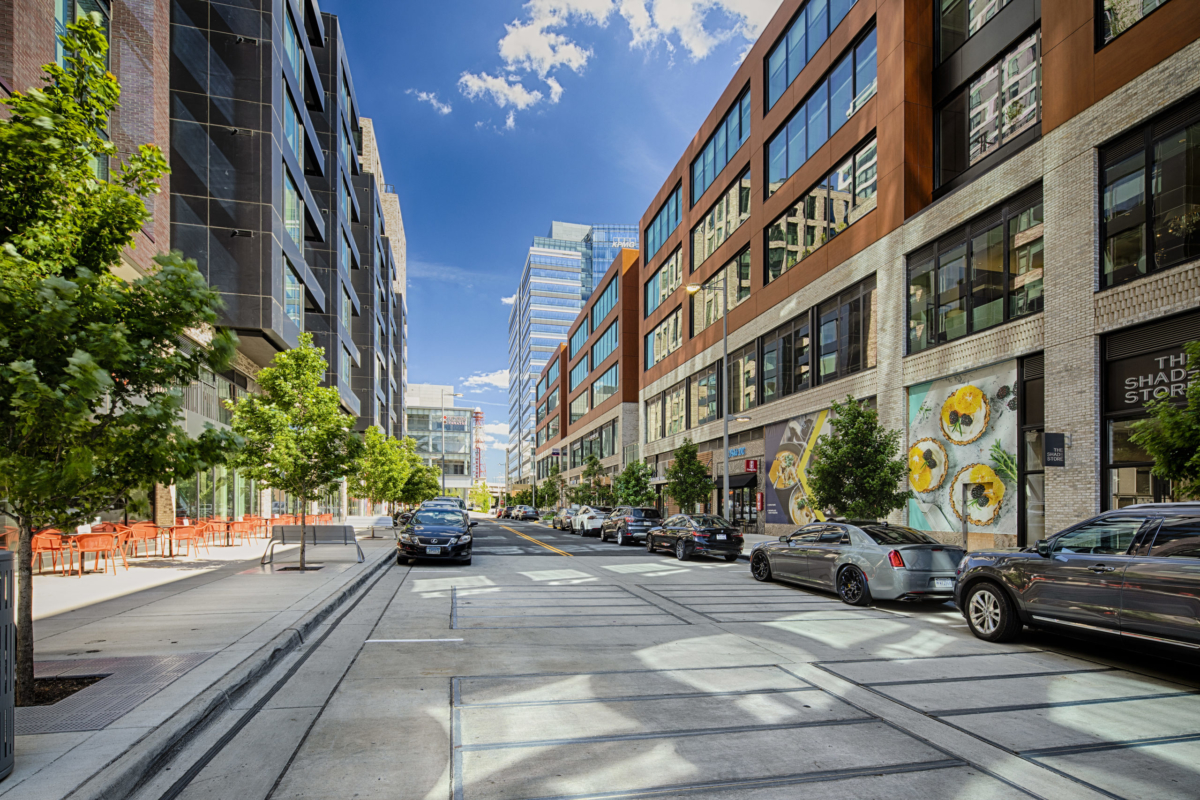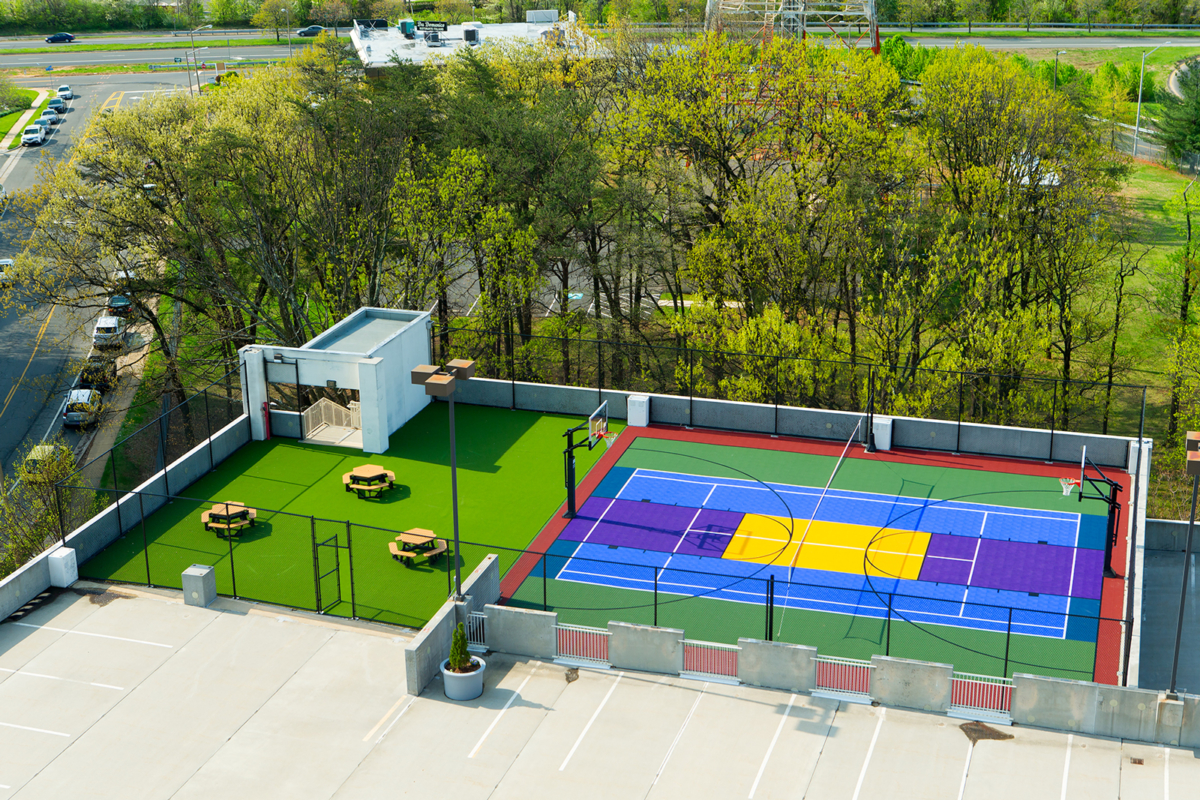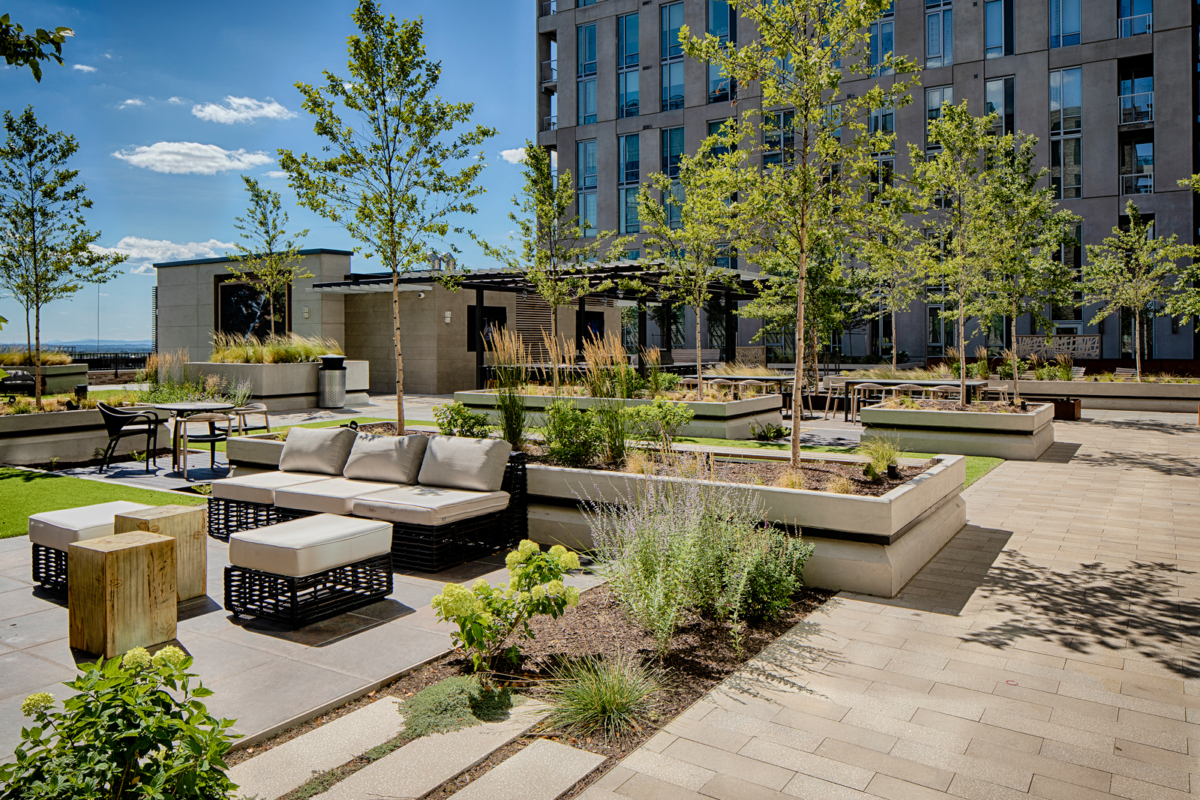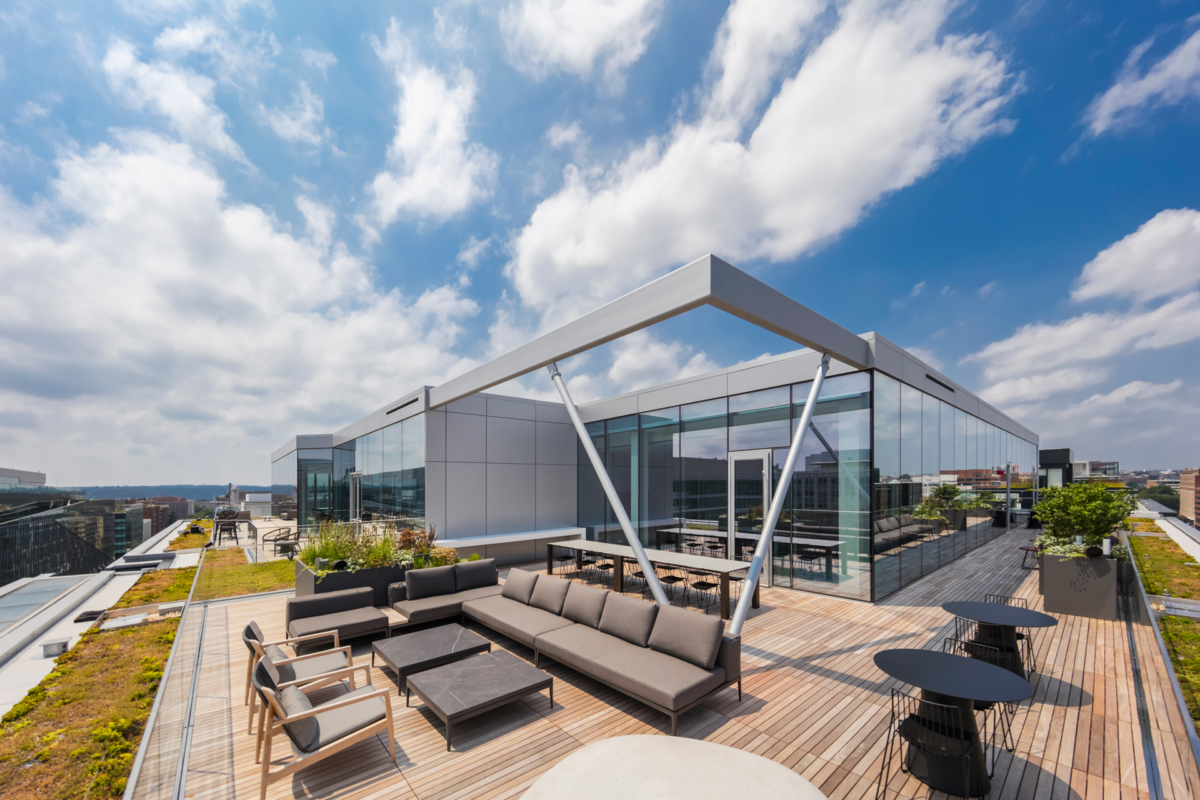
Green Buildings
TMG prides itself on a prevalence of green buildings across our portfolio, recognized by leading organizations and garnering extensive distinctions and accreditations for environmentally sustainable features.
Renewable Energy Sourcing
Since 2021, TMG has been committed to matching 100% of our energy use with solar, hydropower, and biomass sources through an innovative program from Dominion Energy Renewable Energy℠ that supports the continued development of renewable resources and diverse fuel mixes with tradable Renewable Energy Certificates (RECs) which validate that renewable energy was generated on the purchasers’ behalf.

Sustainability & Wellness Through Design & Construction
TMG employs cutting-edge design techniques to promote sustainability and wellness across our portfolio. We pride ourselves on implementing environmentally friendly technologies without compromising on design or tenant experience. We set ambitious goals and push ourselves to surpass industry standards for green building and wellness-driven workplaces.
Sustainability Initiatives

Indoor Air Quality
Improve indoor air quality through enhanced ventilation strategies, optimal filtration of outdoor and recirculated air, operable windows when possible, and carbon dioxide monitoring.

Construction Waste
Source local building materials, minimize construction waste by diverting up to 75% of potential waste to recycling facilities instead of landfills, and reuse building materials in renovation projects when possible.

Energy Usage
Reduce excessive energy use by utilizing advanced energy design and modeling, promoting passive energy strategies, and investing upfront in highly efficient MEP systems.

Water Usage
Improve indoor air quality through enhanced ventilation strategies, Reduce building water usage by 30–50%.

Rainwater
Capture, filter, and reuse rainwater runoff whenever possible.

Electric Vehicles
Provide charging infrastructure for electric vehicles to reduce pollution.

Natural Conservation
Conserve existing natural areas, restore damaged areas, and promote biodiversity.
Wellness Initiatives

Lighting Design
Enhance access to natural daylight, utilize circadian lighting design, provide glare control, offer daylight simulation design with electrical lighting, and provide advanced occupant control.

Building Materials
Reduce occupant exposure to chemicals during both the construction and operation of a building through enhanced VOC and hazardous material restrictions in materials, use of non-contaminated building materials, and utilizing non-hazardous cleaning materials.

Sound Comfort
Achieve a peaceful environment for occupants with a desirable level of ambient noise from HVAC equipment and outside sources, increase sound barriers between office and conference spaces, and utilize sound- and reverberation-reducing surfaces and finishes.


